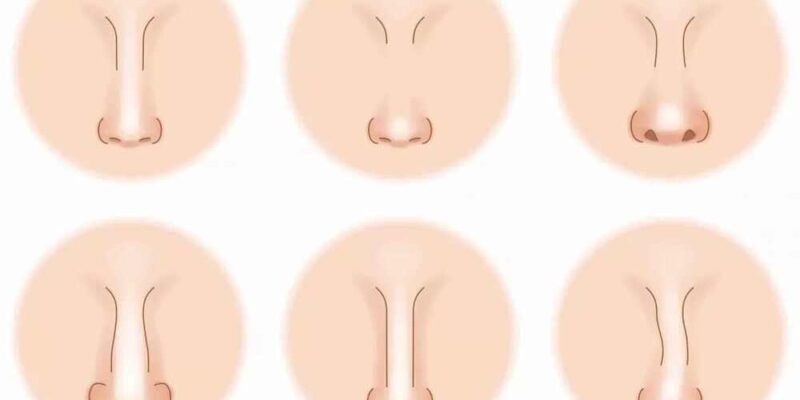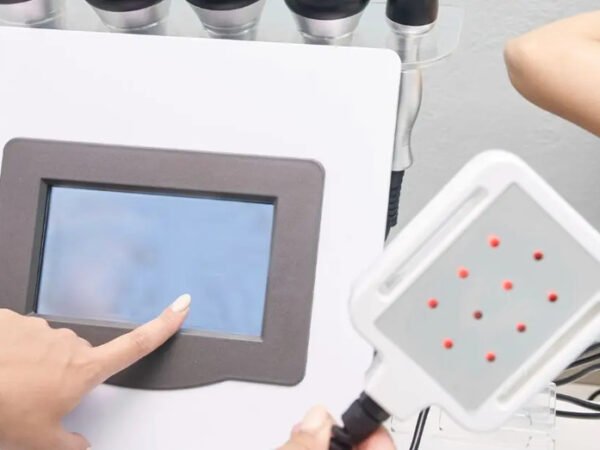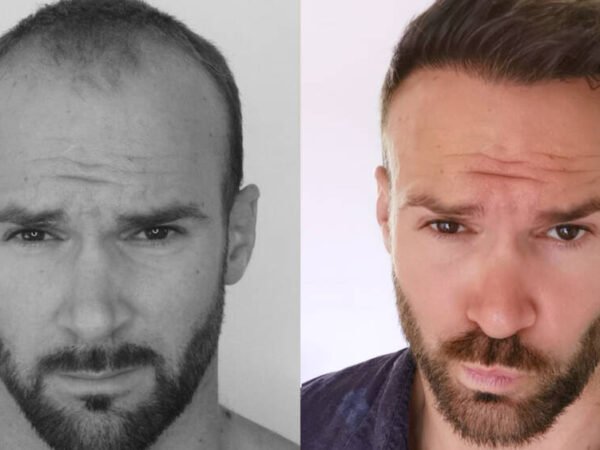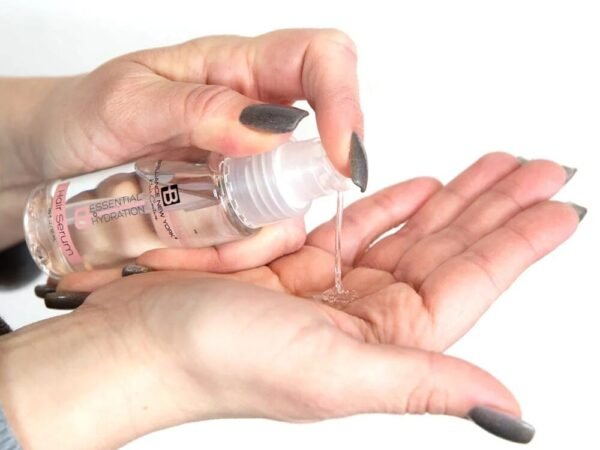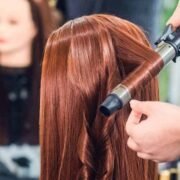No two noses are identical; they come in many shapes and sizes. Preferences vary, but a nose that fits well with the facial structure is generally considered ideal. Positioned centrally on the face, the nose plays a crucial role in facial balance. It blends with other features when well-proportioned, highlighting the eyes and smile. Due to genetics or injury, this balance can be challenging. Fortunately, advances in cosmetic surgery, especially rhinoplasty, provide solutions for common nose shapes and various nasal concerns.
Understanding the Structure of the Nose
Before considering rhinoplasty, it’s essential to understand the nose’s anatomy. This helps identify which parts need alteration. A detailed consultation with an experienced plastic surgeon is crucial since nose surgeries can be complex. The main structures that can be modified are below.
Nasal Bridge
The nasal bridge, the bony part between the eyes and the cartilaginous tip, is critical for shape and function, affecting breathing. Obstructions here can cause breathing difficulties and snoring.
Nose Tip
The tip, mainly cartilage, significantly affects facial symmetry. It’s often reshaped to enhance facial balance.
Nostrils
The nostrils are the external openings at the bottom of the nasal cavity, essential for breathing. The septum, a central cartilage, separates them.
Septum
The septum divides the nostrils. It’s often not perfectly centered, leading to uneven nostrils. A significantly uneven or deviated septum can impair breathing and aesthetics.
Reasons for Nose Surgery
Rhinoplasty addresses cosmetic and medical concerns and is famous for its dual benefits. Common cosmetic reasons include:
- Straightening a crooked nasal bridge
- Adjusting the size of the nose bridge, nostrils, or tip
- Restoring the height of a flattened nose
- Correcting a prominent dorsal hump
- Changing the shape of the nasal tip
- Widening nostrils for better breathing
- Repairing damage from injuries
Medical reasons for rhinoplasty include treating sinus infections, breathing issues from a crooked or broken nose, mild sleep apnea, a deviated septum, and damage to the nose’s internal structures.
Benefits of Rhinoplasty
Rhinoplasty can help with breathing, reduce sleep problems, and create better facial balance.
What Makes a Nose Attractive?
Aesthetically pleasing noses usually have balanced proportions and symmetry, which significantly affect overall facial attractiveness. Surgeons strive for facial harmony by meticulously evaluating facial thirds (forehead to eyebrows, eyebrows to nose base, and nose base to chin) and fifths (eye width matching ideal nasal width). These measurements help in ensuring that the nose complements other facial features.
Symmetry is a critical factor in perceived attractiveness, as the human eye is naturally drawn to well-proportioned and evenly balanced-features. Additionally, surgeons consider the nose’s shape, size, and angle to achieve the most harmonious result that enhances the patient’s unique facial structure.
Common Nose Shape Concerns Addressed by Rhinoplasty
Here are the top six nasal issues that rhinoplasty can fix:
- Large Dorsal Hump: A dorsal hump is a bump on the nasal bridge that looks larger from the side, disrupting the facial balance. Rhinoplasty can remove or reduce this hump to match individual preferences.
- Crooked Nose: A crooked nose deviates from a straight line down the center of the face, often due to genetics or injury. Severe cases can impact breathing. Surgery, sometimes involving bone adjustment, can straighten it.
- Bulbous Tip: A bulbous tip is excessively round, making the nose look too vast or shapeless. Tip rhinoplasty can refine and reshape this area for better facial balance.
- Wide or Flat Bridge: A broad or flat nasal bridge can overshadow other facial features, often due to genetics. Rhinoplasty can alter this through cartilage removal or bone realignment.
- Oversized or Long Nose: An overly large or long nose can dominate the face. Rhinoplasty techniques can reduce and reshape the nose to fit facial proportions.
- Pointy or Droopy Nose: Excessive cartilage can create a pointy or droopy nose tip, affecting facial symmetry. Tip rhinoplasty can reduce and reshape the nose tip for better overall aesthetics.
Next Steps: Preparing for Rhinoplasty
Rhinoplasty candidates need realistic expectations. Focus on your personal aesthetic goals, not outside influences. Talk about your desired outcomes with your surgeon during the consultation. They can advise on what’s achievable and which techniques best fit your needs. Your surgeon may also suggest combining procedures, such as chin augmentation or lip fillers, to create a more balanced facial appearance. Prepare for surgery by carefully reviewing pre- and postoperative instructions with your surgeon. Follow all preparation guidelines to ensure the best results.
Choosing the Right Surgeon
Given the complexity of nose surgery, choosing a qualified, experienced plastic surgeon is essential. Make sure they have FRACS qualifications and proven expertise in rhinoplasty. By understanding the common nasal issues and the benefits of rhinoplasty, you can make a well-informed decision to enhance your nose.


